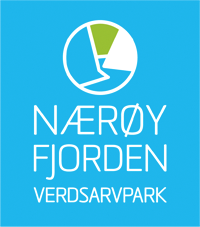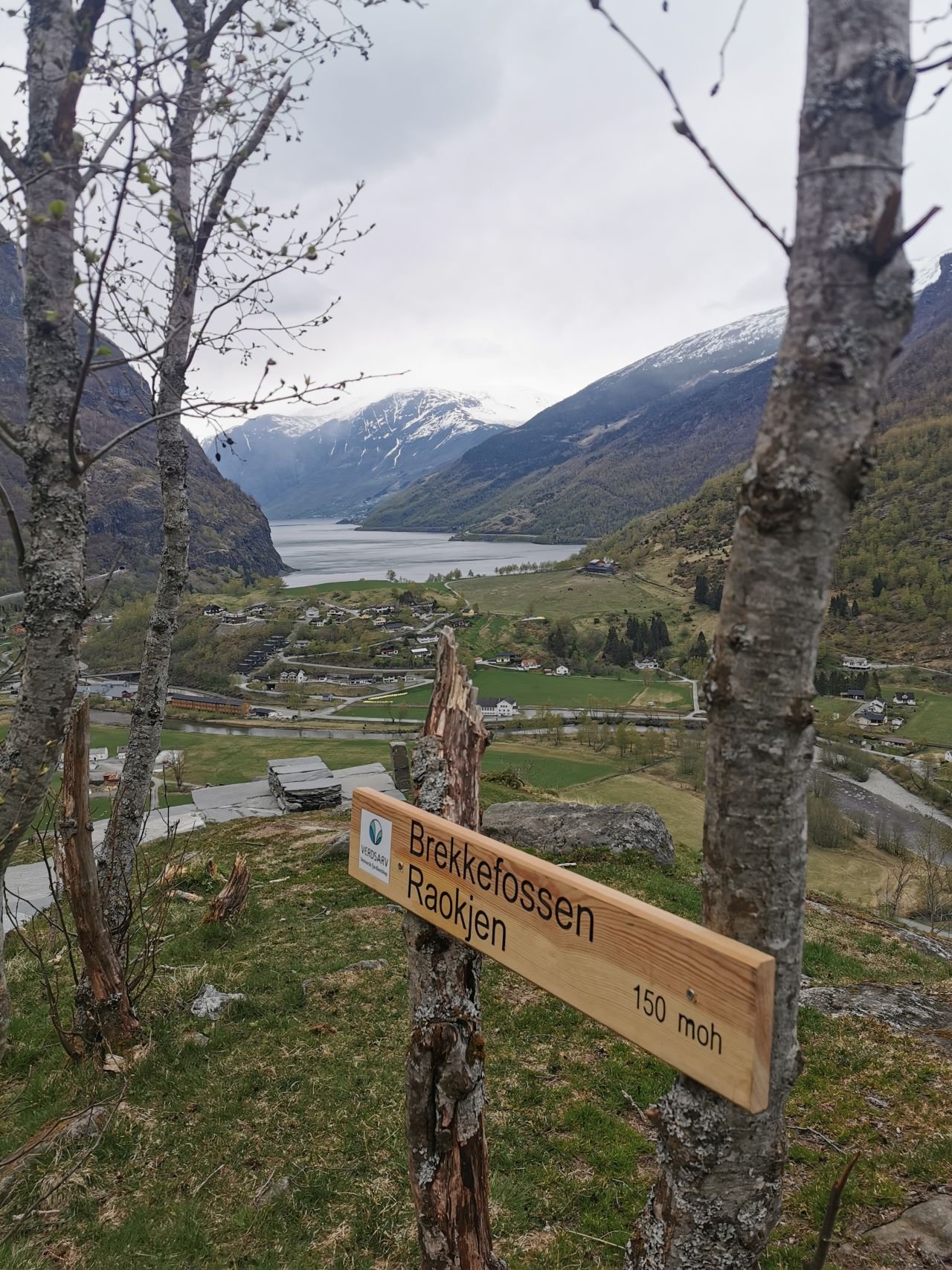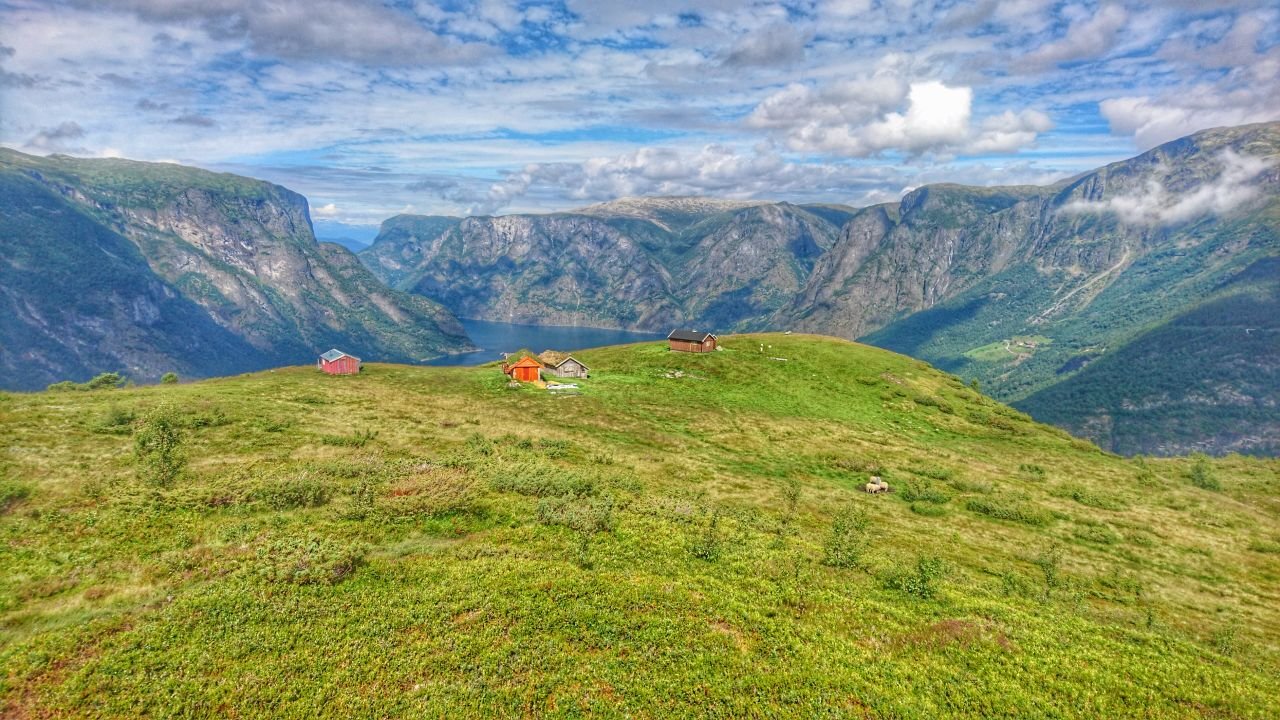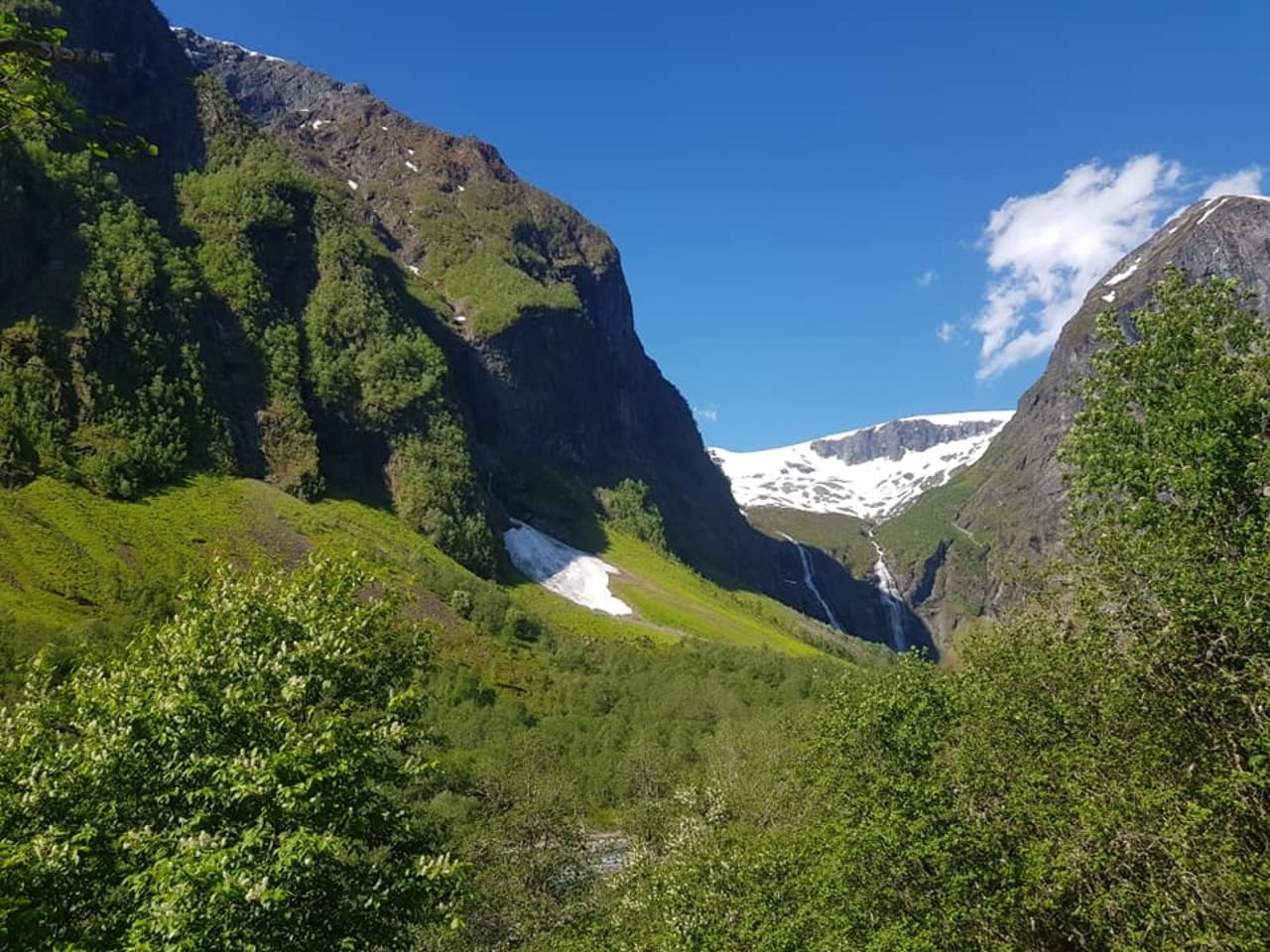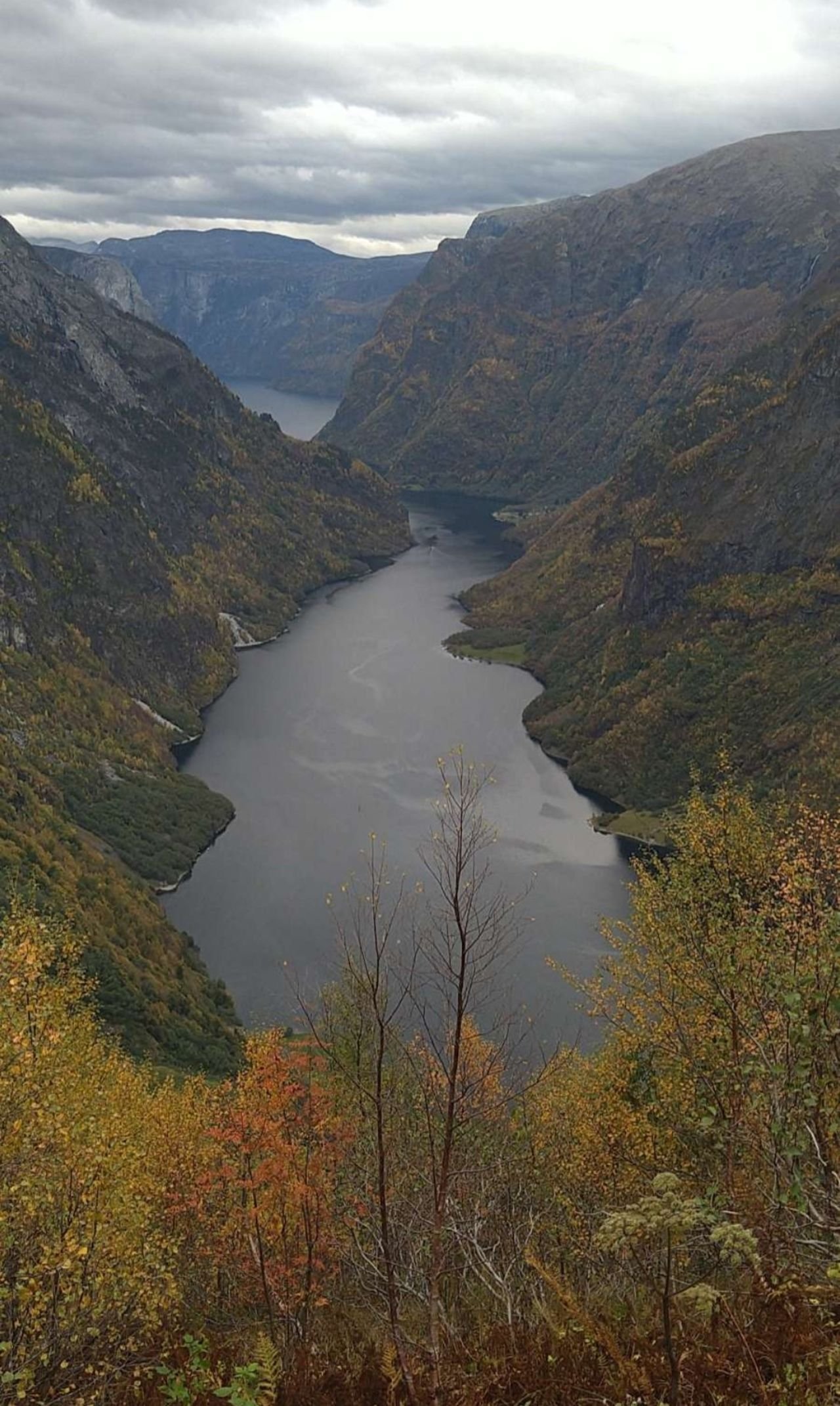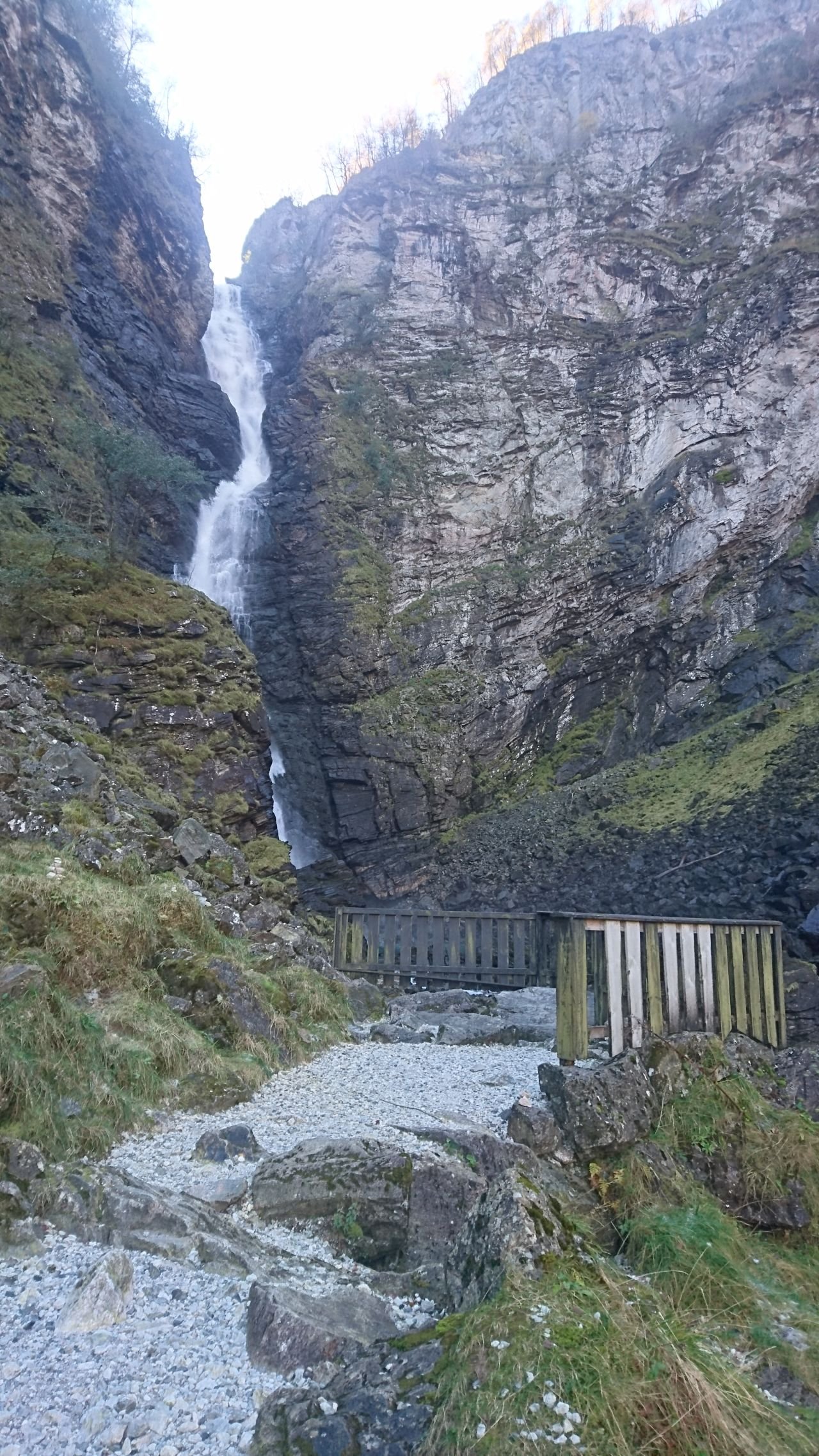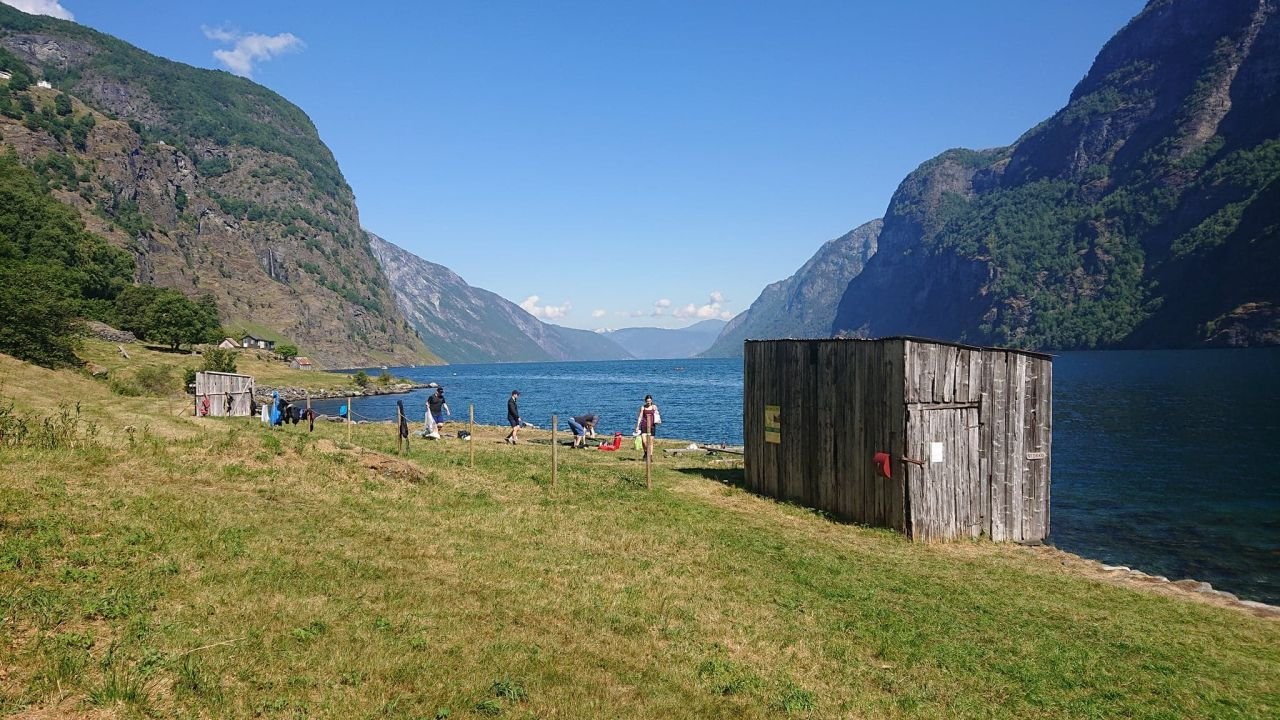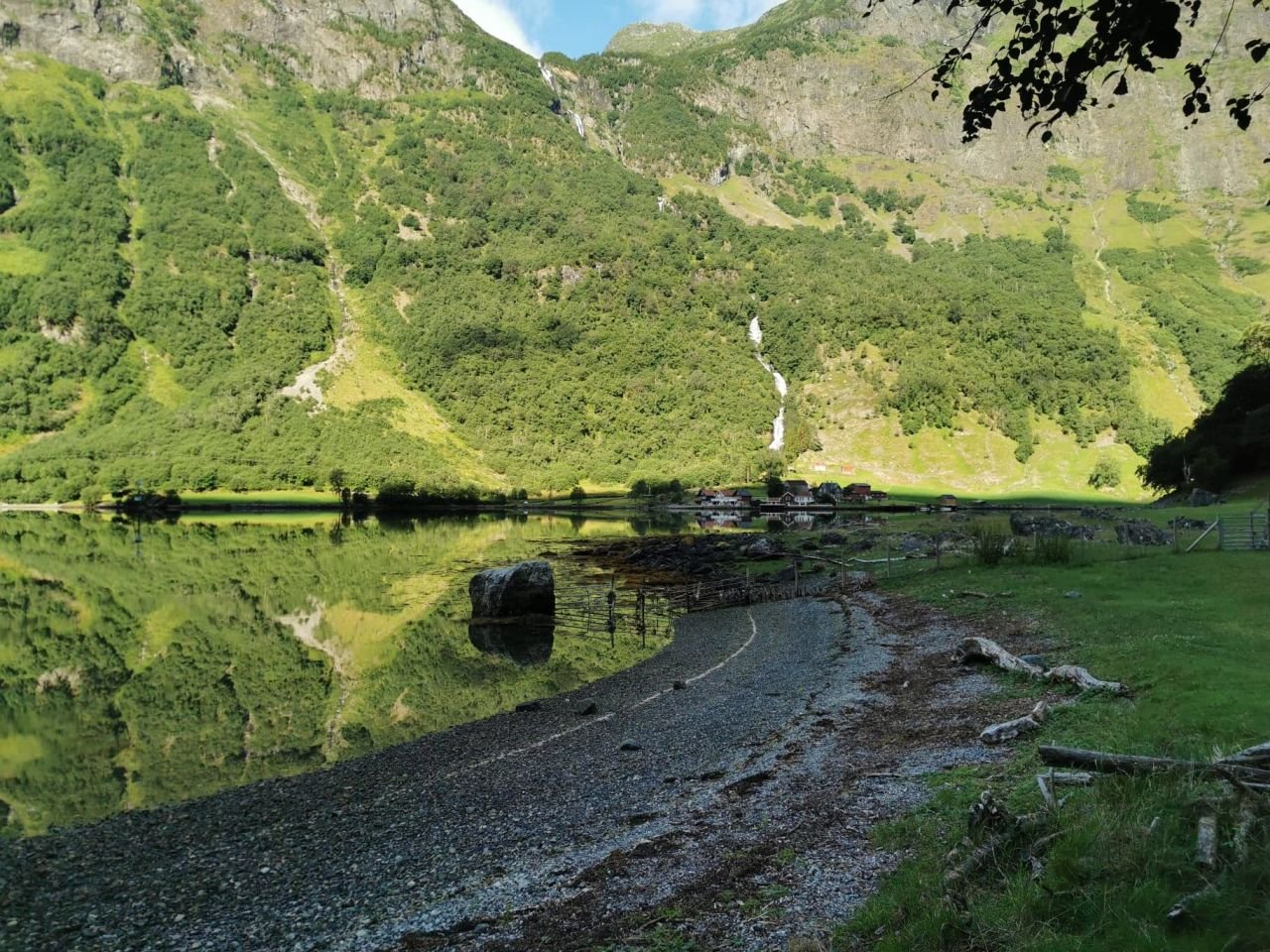Høgfjellet is one of the most important recreational areas in the World Heritage Site. It is used extensively in both summer and winter for skiing and hiking, as well as hunting and fishing. The fjords are also popular, with kayaks, canoes and rowing boats in use.
There are a number of hikes in the area for those who want easy walks, day trips or real long hikes. Both the World Heritage Park and the Norwegian Tourist Association (DNT) have marked many great hiking routes in the area. In addition, there are several easy-to-follow trails, often with hiking in the mountains and further into the area. The possibilities are greatest for spontaneous hikes, but some organized hikes are arranged every year. A hiking calendar can be found on the website of Nærøyfjorden World Heritage Park.
-
Aurlandsdalen
Rallarvegen in Flåmsdalen
The historic roads Vindhellavegen, Seltåsen and Sverrestigen - all between Husum and Borgund stave church in Lærdal
Øvsthusdalen from Stalheim
Ljosanddalen from Mjølfjell
Ljosdalen from Flåm
Jonadalen from Undredal
The road from Engi in Fresvik, around Fresvikbreen to the Fresvik-Jordalen valley
The old farm road to Rimstigen with a starting point at Bakka in Nærøyfjorden
-
The heritage tour on Rimstigen
The Royal Road March on the mail route from Bleiklindi to Styvi
Aurlandsmarsjen in Aurlandsdalen
The Norwegian Tourist Association (DNT)
Stigen gard and Tours
Sivle gard
Dyrdal farm
Coastal route Nærøyfjorden
-
The view from Prest in Aurland
The Stegastein rest area on Aurlandsvegen between Aurland and Laerdal
The mountain Beitelen that separates Nærøyfjorden and the Aurlandsfjord
Bakkasund in Nærøyfjorden
Fresvik Glacier
The view from the top of Stalheimskliva
The Bleia mountain between Aurlandsfjorden and Sognefjorden
Our tour recommendations:
The right to roam - pleasures and obligations
Imagine how lucky we are: The right of public access is a free public good that gives you the right to use the outdoors, regardless of the landowner. From time immemorial, we have had the right to travel in forests and fields, along rivers, on lakes, in forests and in the mountains. The main principles of the right to roam are enshrined in the Outdoor Recreation Act of 1957. A basic rule for everyone who enjoys the right of public access: Leave nature as you would like to find it yourself!
On foot and on skis, you can roam freely in nature, as long as you show consideration and take all waste with you.
You can ride and cycle on trails and roads.
You can pick berries, mushrooms and ordinary flowers, but do not pick endangered and protected species, such as orchids.
Cultural monuments such as old walls, trapping facilities and burial mounds are protected. Do not move the stones.
Hunting and fishing are permitted if you have a hunting/fishing license. Rod fishing is free for children under the age of 16. It is not permitted to use live fish as bait. Nor are you allowed to take live fish or wet fishing equipment from one watercourse to another.
Motorized traffic, with the exception of boats on the fjord, is prohibited in the protected areas, unless you have a special permit. This also applies to electric bicycles.
The weather in the mountains can change abruptly in both summer and winter. Summer can offer low temperatures and thick shutters. The winter sun can quickly change to dense snowdrifts.
You are responsible for assessing the weather and conditions, form and skills, and for preparing yourself with suitable clothing and equipment.
The various protected areas have their own rules. See information about the individual protected areas here.
